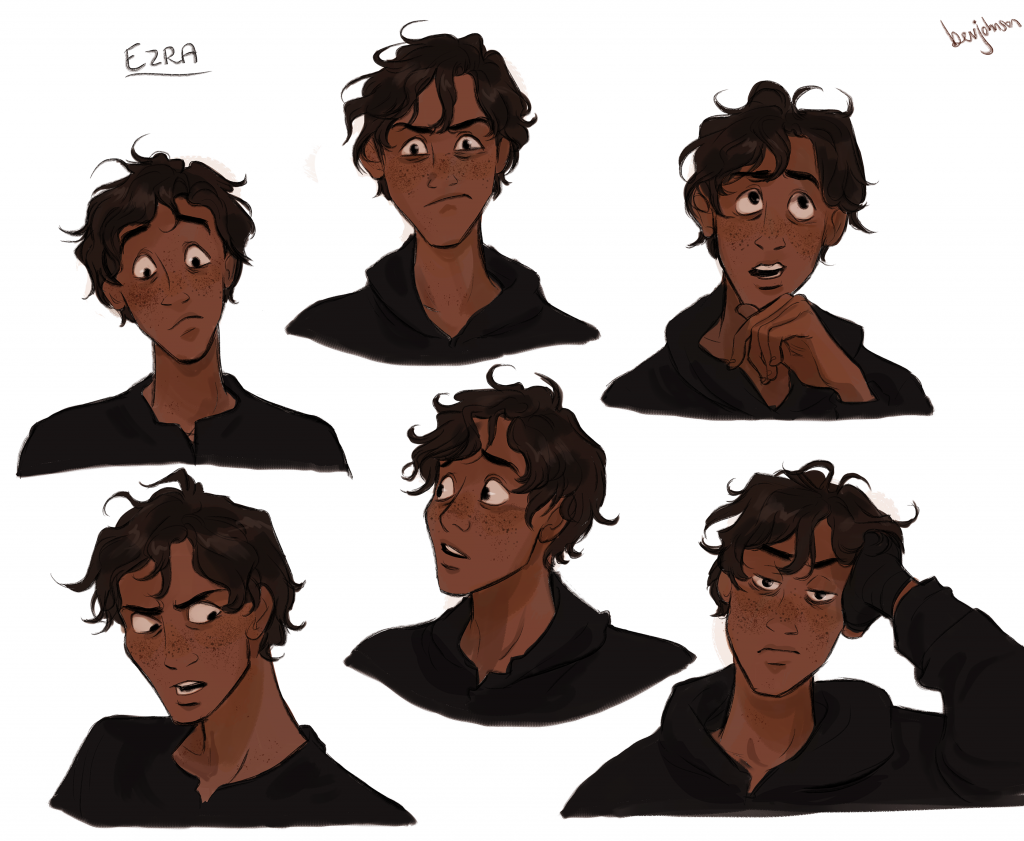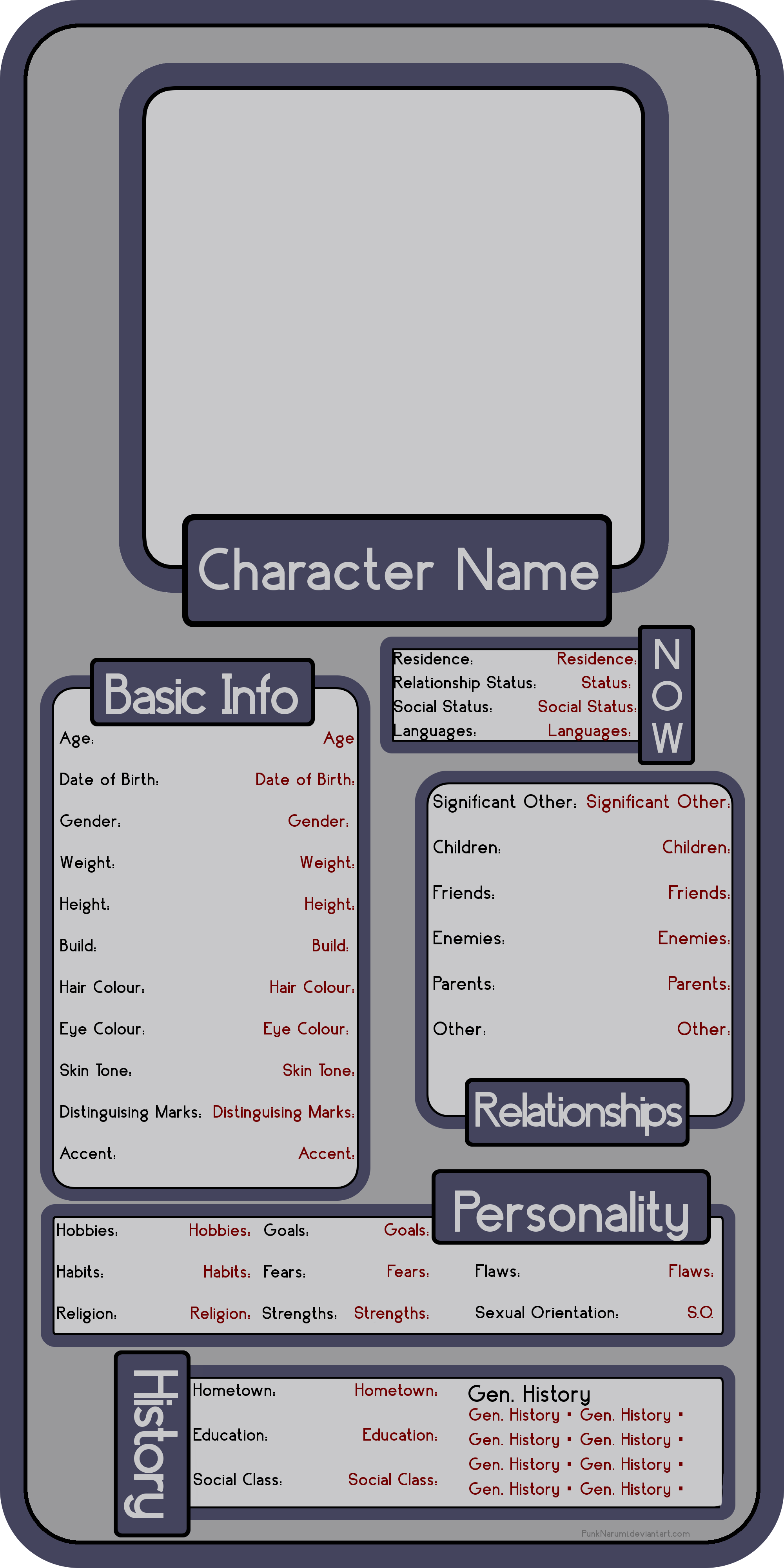Table Of Content

If your character is a ninja or assassin, try to convert the fact they’re fast, agile, and stealthy by making them small, thin, with long limbs, ideal to climb and hang from a roof. Features that define your character are your best target for exaggeration. For example, if you design a strong warrior or a barbarian, make their upper body muscles crazy oversized and distinct.
Create a color hierarchy
Of course, if you’re hoping to fine tune your craft in a specific genre — say, children’s books — then you should focus on reading anything you can get your hands on in that genre. This way, you’ll stay on top of trends, you’ll be familiar with any and all references, and you’ll get a better understanding of what the target audience enjoys. Plus, if this is your genre of choice, it should be pretty enjoyable. Illustration is, at its core, a storytelling medium that helps readers and viewers get to know a character beyond their appearance. In this sense, centering the story before you even start thinking about the visuals is almost essential if you want to lay a strong foundation and add depth to your character design. Unless realism is a must in your current project, try to create a distinctive shape for your character by playing with the natural proportion.
Showcase your vision with elegant shot lists and storyboards.
Another important trick to make sure your silhouette is balanced is to flip the canvas frequently while you draw. Our brains are fantastic at drawing conclusions of their own, filling in information, and correcting proportions without our knowledge. If you don’t stay vigilant, you may end up drawing a lopsided character without even noticing. If your character is still recognizable and the shape motif clearly distinguishable, you’re on the right track. One of the most important parts of nailing your silhouette is being conscious and intentional about the shape language (also known as shape motif) you use.
Character Development Sheets are Flexible
Reedsy connects artists with 1,500,000+ independent authors looking to bring their stories to life. The Crafting Sensational Characters Workbook is a printable workbook designed to help you craft well-rounded characters that leap off the page and captivate readers. The Novel Planner Workbook helps aspiring and seasoned writers of all ages plan, outline, and develop their stories—whether an epic novel or a shorter story. This blog post will consistently be updated as I create more content, exercises, tools, and other resources for you.
Now that you know what character development is and how it relates to novel writing, it is time to move forward and understand why exactly you need to have a character sheet template. Character design might look like artistic magic, but it actually involves thought, experimentation and hard work to get a successful result. While the steps we’ve laid out here can help give you a starting framework to develop your character designs, it takes time and practice to hone your skill as a character artist.
Creating compelling characters with our comprehensive character design sheet
The most important attributes are physical appearance and the personality of your character. Imagine your character as the front office manager of your hotel. They will be the face of your company and will represent you and your concepts.
Physical Traits + Appearance:
5 best GTA Online character creations (2024) - Sportskeeda
5 best GTA Online character creations ( .
Posted: Tue, 23 Jan 2024 08:00:00 GMT [source]
And from a creative process point of view, it’s much easier to work with a clear goal in sight than if you’re pulled in too many directions. Well, we’ve already said that you should be selective with your colors and avoid adding too many to the same design. Then, amongst the colors you have chosen, you might want to pick one dominant color that you use on the most significant part of your design. The other colors on your palette should support this color, not compete with it, to avoid making your palette too crowded. A good way to control that your silhouette and shape language are distinct enough is to strip all colors away until all you have is a blacked out outline.
Craft Amazing Characters With Dabble
Character.AI lets you create and talk to advanced AI - language tutors, text adventure games, life advice, brainstorming and much more. Remember that we wanted to remind the viewer of a praying mantis with the design of this character? This subconscious identification will make our character more interesting and threatening. In a broader sense, the designer looks here to get deeper into the psychology of the character to helps define their character and the way they act.
Step #2: The Character’s Inner Circle

Once this is done, you’re well on your way to writing an unstoppable book. This article entails the steps to create a character profile, a character profile template, types of character profiles, and other elements to develop a character profile. Every other answer in the character profile template builds up to this. It's critical information to know because it’ll make up the unshakable foundation — and raison d'être — for your story. Whenever you feel like your story is straying off course, go straight back to your character’s story goal and motivation, and you'll find the beating heart of your book.
A prompt will give you a clear, distinct direction as to where to take a character. For a prompt example, take a look at the video below where you can learn more about how a prompt leads to a clear and effective character design. This means not only having a stimulating design, but one that is distinct no matter how we see the character.
Play your favorite song and look for the most welcoming place; in this phase, the final artwork is the reward for your hard work”. More importantly, your design will depend on the experiences of your intended audience. Al is an illustrator at GraphicMama with out-of-the-box thinking and a passion for anything creative.
You’ve reached the end of today’s journey on how to design a character. In conclusion, there isn’t a defined formula, however, there are a few best practices and things to consider before jumping on the drawing board. More importantly, your character is much more than a visual, it has personality, temper, and appeal that makes them distinct from every other character.
This is often where the real emotion shines through, so a small flick of the brush can have a big impact on the final outcome. Getting familiar with some color theory and picking your colors carefully is a good habit to cultivate and can be an important part of making your characters pop. The good news is that this leaves lots of room to experiment.
It’s very important for your character to appeal to you, as it will wear the magic of your love creating it. However, consider that this character should also appeal to the target audience. This is especially important when your character is commissioned. In this case, your character is more restricted and predetermined, but still gives room for creation.
Freud said that we are all the characters that appear in our dreams. All the characters and all the archetypes live within our soul. To represent them, you just need to connect with them, like actors following the Stanislavski method. 🤔 Wondering how other illustrators approach character design? I mean, who can’t help but fall in love with a dog whose ears are so long they keep stepping on them, or laugh at the evil antagonist who is too small to wield their weapon properly? Playing around with the proportions in this way can make your character memorable, and create more variety in a larger cast.
A huge part of this preparation is having a comprehensive understanding of things like anatomy, shape language, psychology, color theory, and story. This video below on anatomical shape language is one of many resources beginner character designers have on improving at their craft. A thumbnail sketch is a visual mockup of the character you want to create. The sketch is an important step, even if you’re not a trained artist. When sketching, use your design templates and sheets to capture the basic shape of your character, proportions, the most salient physical features, and the colors. Next, you’ll fill in details, such as adding buttons to a costume or more volume to the hair.

No comments:
Post a Comment